a closer look at george frear's patented pre-chicago fire artificial italianate row house keystones
This entry was posted on June 29 2017 by Eric
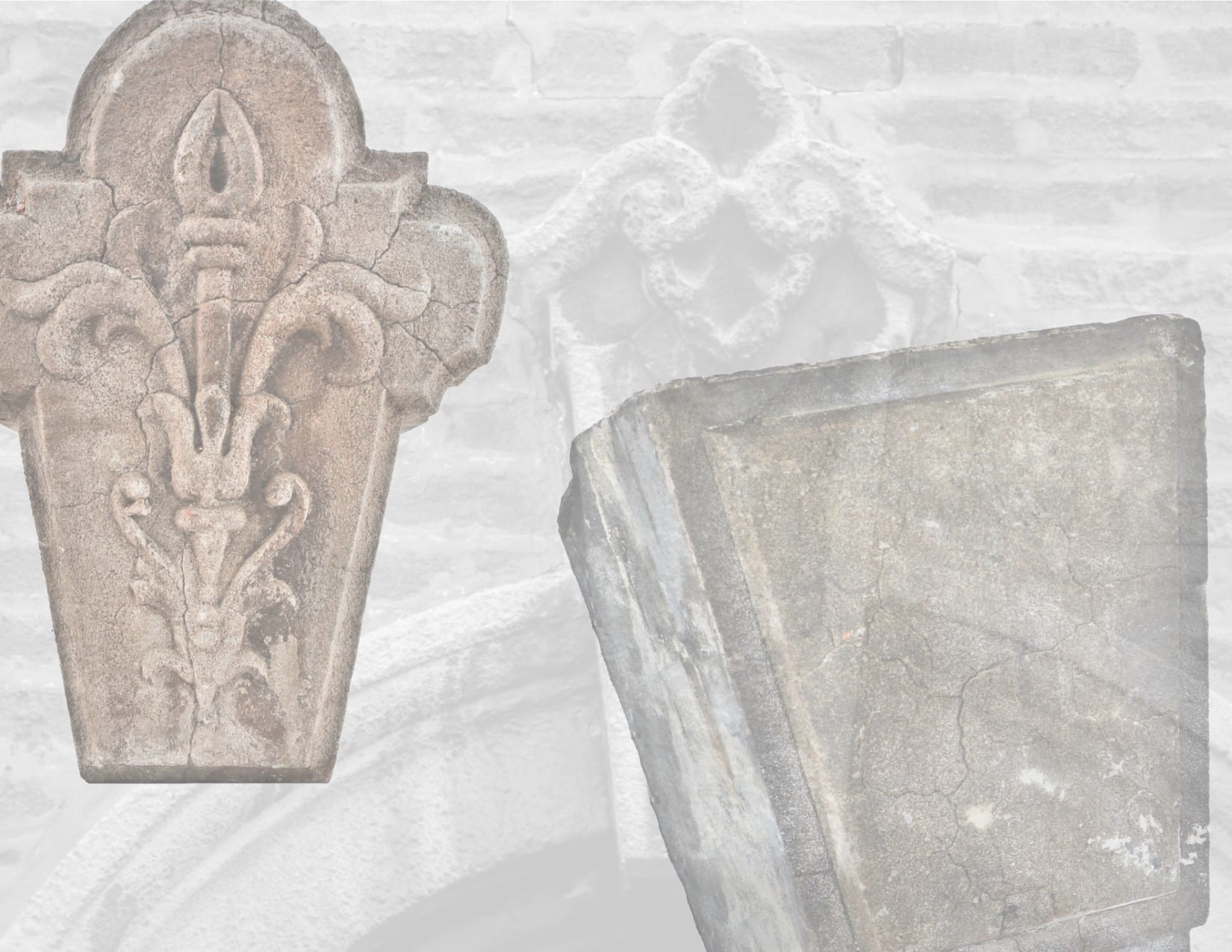
artificial stone, also termed "cast" or "concrete" stone, is a synthetic product that was used mainly during the 18th and 19th centuries to imitate natural building stones. an aggregate of water, natural cement, lime, sand, and/or various binding agents, the concrete mixtures could be incorporated in construction as molded shapes and intricate decorative elements or as plain blocks. with various basic mixtures, production processes, and methods of finishing the cast stone could be employed to imitate a wide array of natural materials. a light cement matrix with crushed marble could replicate limestone, while a mix of marble and small amounts of melting slag would give the effect of white granite; the addition of masonry pigments could imitate variegated sandstone. some of the earliest formulas were created in britain, with coade stone produced from 1769-1833, and a patent process in 1844 of a formula by frederick ransome. additionally, coignet stone and frear stone (created by chicagoan george frear) were patented several years prior to the great fire of chicago.
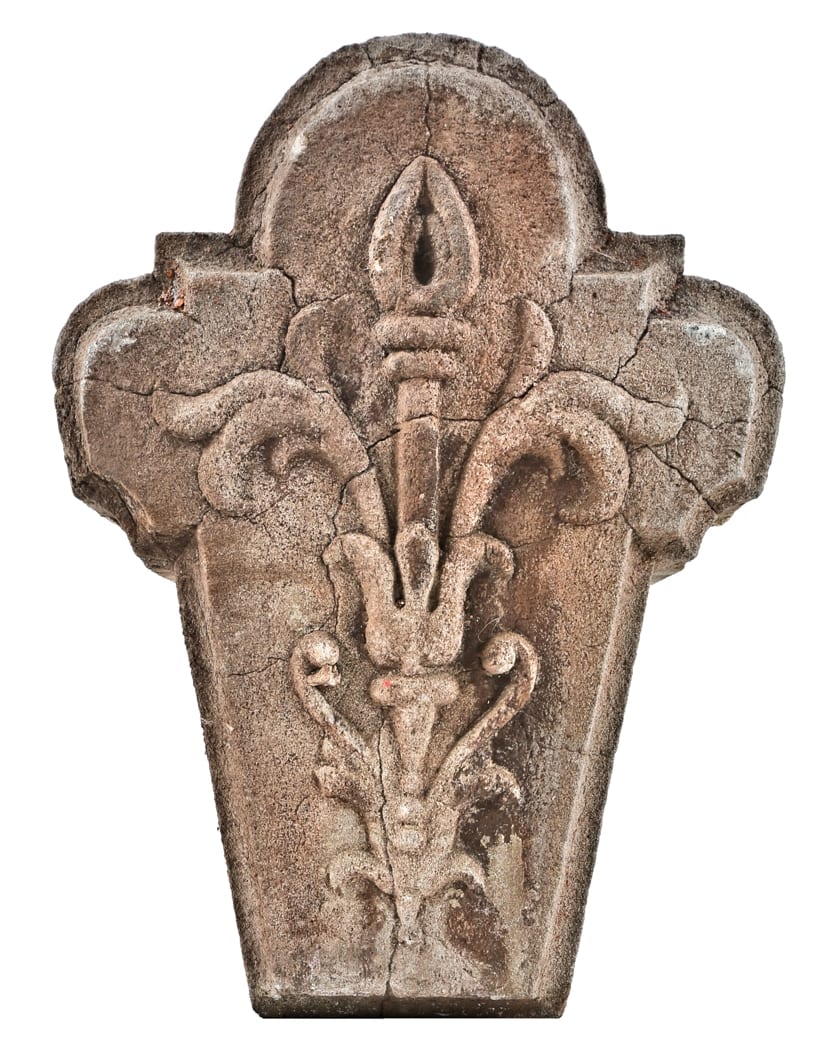
very rare original exterior residential "frear's patent" artificial stone window hood keystone. dates to 1867-1869. salvaged from a pre-fire chicago italianate demolished long ago.
according to an 1872 publication, timothy wright, one of the pioneers of chicago, held a large interest in the ownership of the ransome patents, but his inability to secure an expert in its manufacture prevented him from producing it. eventually, in 1872, he purchased 2 acres south of the city and succeeded in his business of making ransome stone, producing 10 tons of the stone per day. unfortunately, difficulty in filling orders for machinery delayed business, though he was able to demonstrate the success of the stone to many architects during which time nearly 100 tons was turned out. the stone was employed in flouring mills, as window heads and sills, keystones, vases, flooring tiles, and mantels. though the inventor frederick ransome never promoted the stone as fireproof, it was well-known from testing to be a superior, fire-resistant mixture.
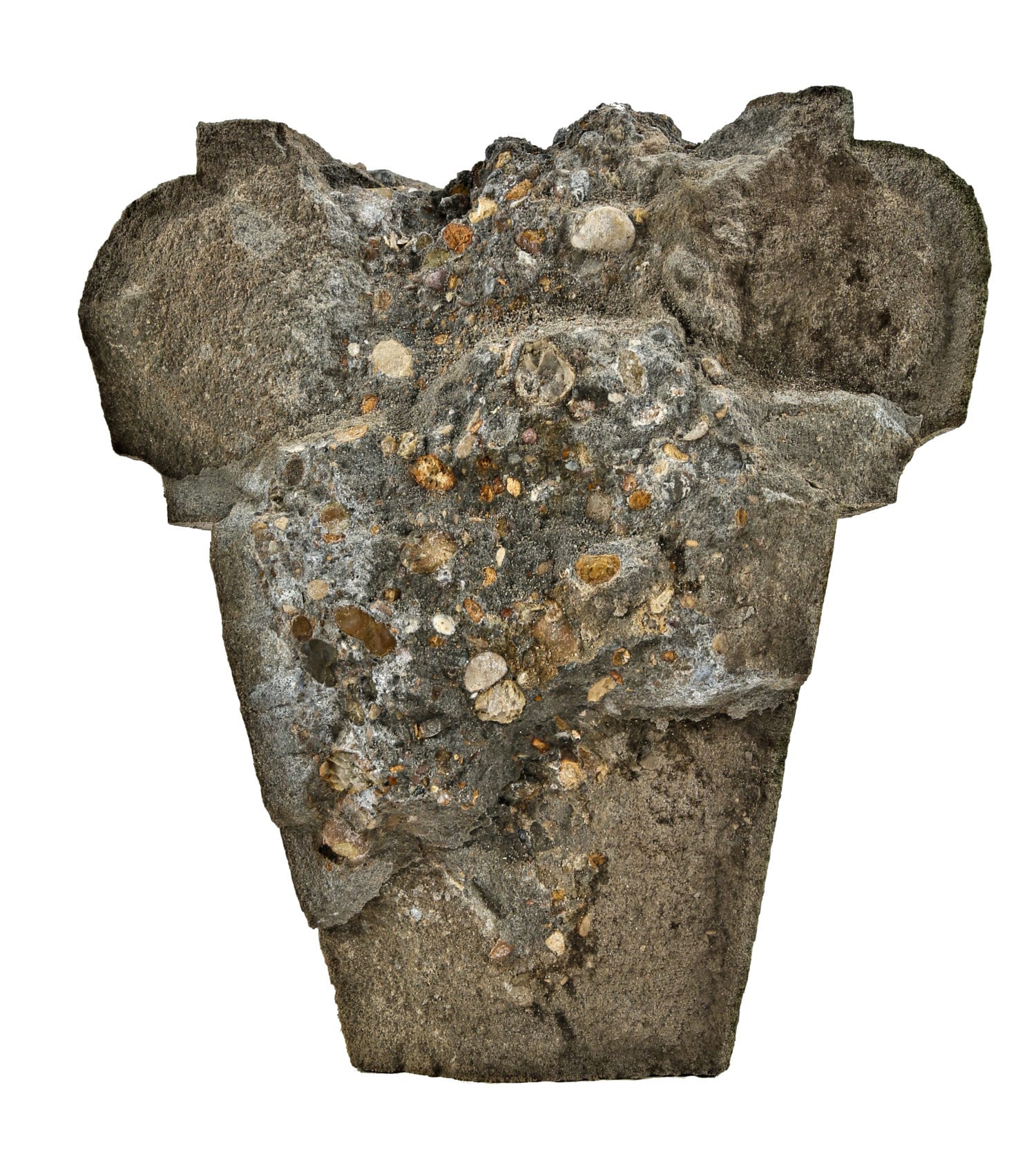
prior to the fire of 1871 (following the civil war), artificial stone had gained traction in becoming a commonly accepted, economical substitute for natural materials. the use of cast stone grew rapidly into the early twentieth century, sometimes comprising the only exterior facing material for a building, but more often as trim on a rock-faced stone or brick wall.
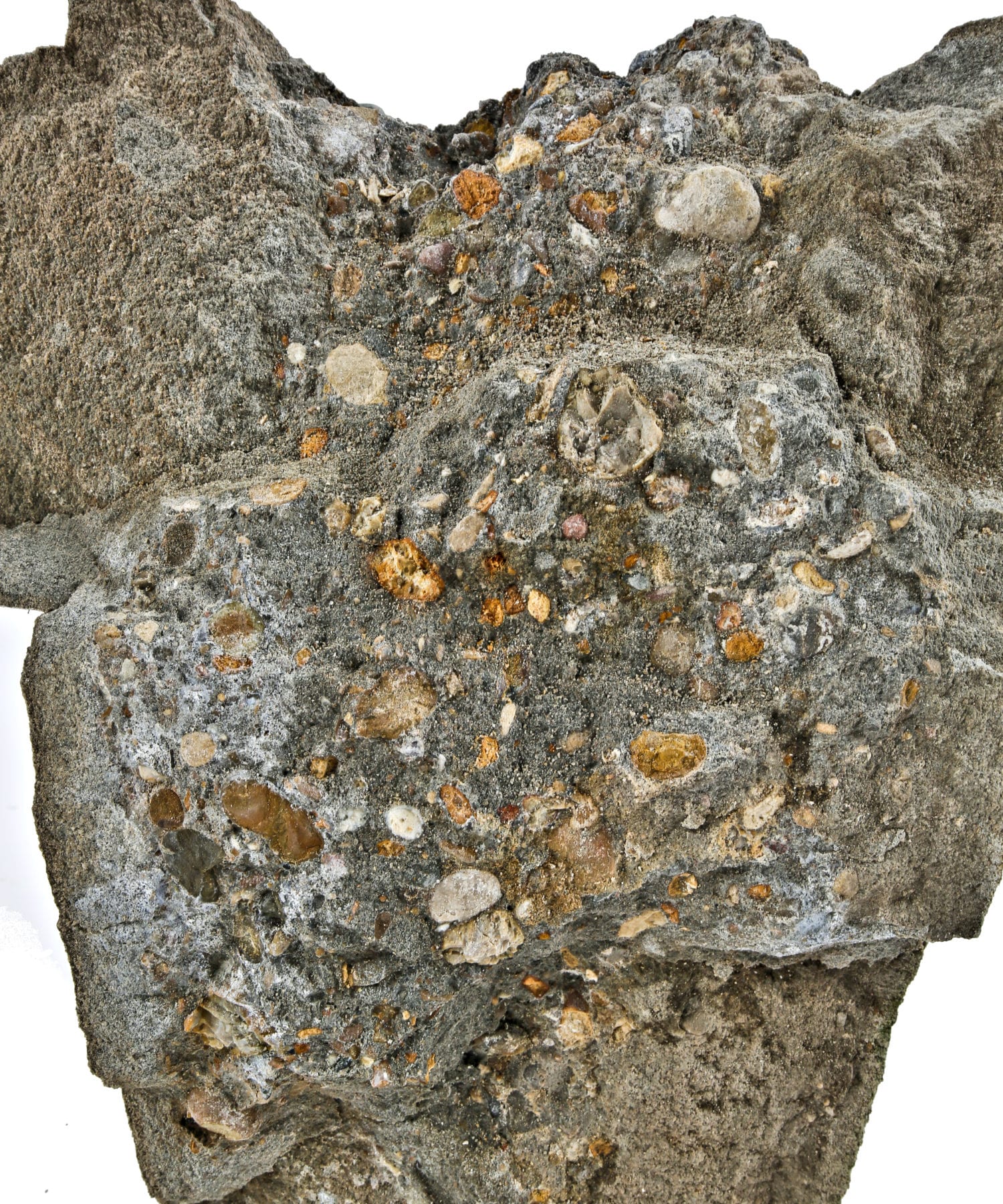
certain types of artificial stone were made to be practically non-porous, and thus especially resistant to corrosion from salty or polluted air. it's curious that the material did not gain more popularity, considering it was an inflammable and durable replacement for the wood and limestone which were now suspect building materials. today, buildings of that era constructed with artificial stone are much rarer, with the majority being commercial or residential containing the stone as an embellishment or accent (e.g., keystones, banding, hoods, etc.).
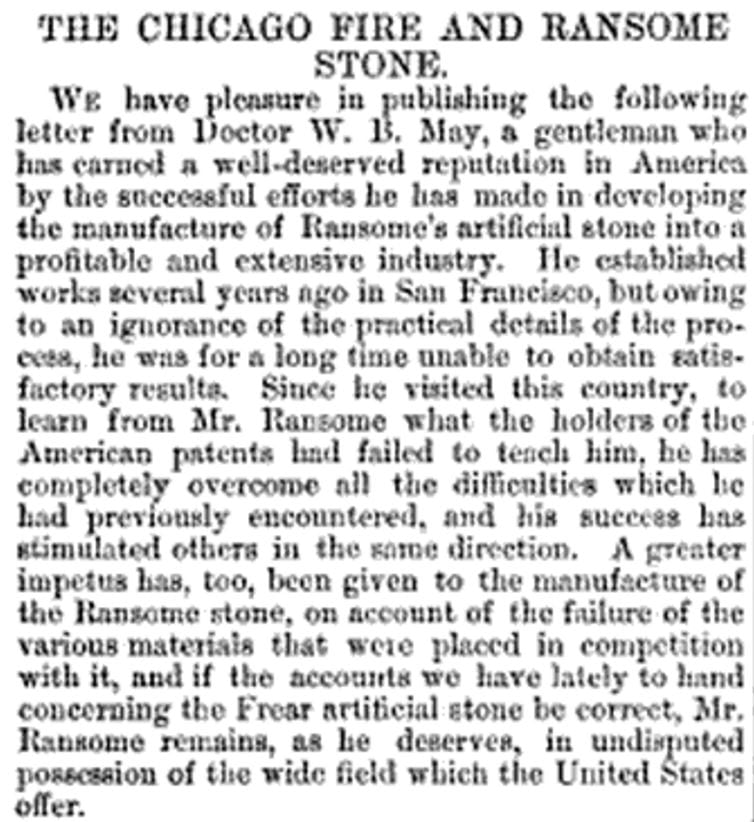
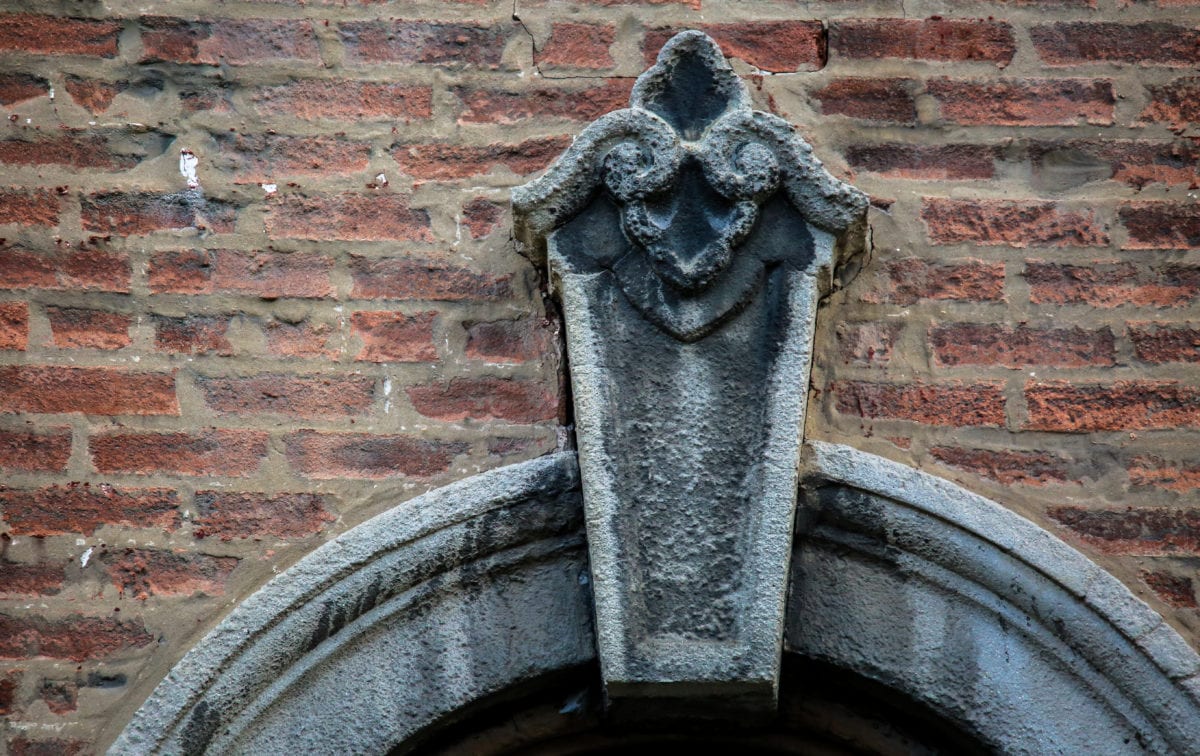
This entry was posted in , Miscellaneous, Bldg. 51, Events & Announcements, Featured Posts & Bldg. 51 Feed on June 29 2017 by Eric
WORDLWIDE SHIPPING
If required, please contact an Urban Remains sales associate.
NEW PRODUCTS DAILY
Check back daily as we are constantly adding new products.
PREMIUM SUPPORT
We're here to help answer any question. Contact us anytime!
SALES & PROMOTIONS
Join our newsletter to get the latest information
























